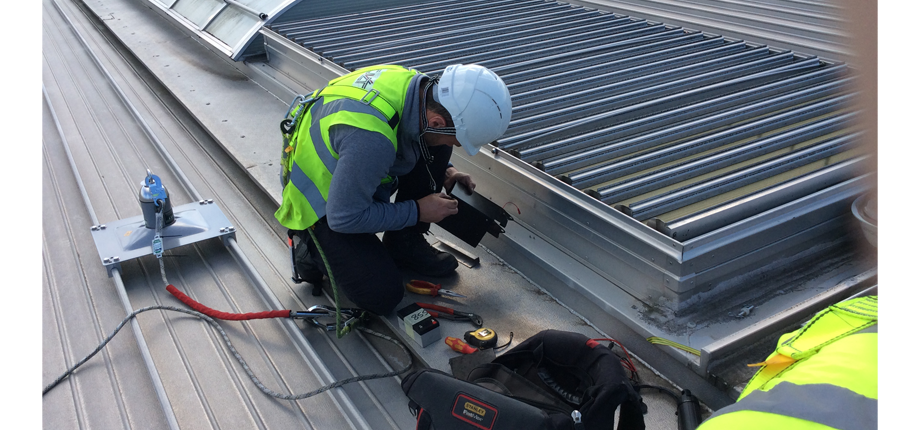In a recent detailed evidence report by Arup fire engineer, Dr. Barbara Lane, numerous questions were raised about the overall management of the smoke control installation at Grenfell. Possible shortcomings were identified in the design, installation and commissioning process that should have been recognised earlier. The report reinforced the necessity to establish professional competency at all levels, with a ‘care to the bottom’ approach in all aspects.

As the pioneers and leaders of modern smoke control, Colt has an unparalleled understanding of system competency and regulation. Recently, we also became the first smoke control business to be certified to both IFC SDI 19 and SDI 05, by the Smoke Control Association (SCA), as a competent installer and servicer of both smoke control systems and smoke and fire curtains.
In this article, we share some of our knowledge with you to help foster a more conscientious approach to the management of smoke control installations to ensure competency in system design, installation, commissioning and servicing.
Management
Get familiar
Identify the systems that have been installed in your building and understand the controls and setup. Read the Commissioning Report and the Operation and Maintenance instructions.
Commissioning
1. Abiding by the appropriate legislation and standards when designing and commissioning a smoke control system is essential. The British Standards Institution’s BS 7346-8:2013 “Components for smoke control systems. Code of practice for planning, design, installation, commissioning and maintenance” has been specifically written to tell you everything you need to know about these topics. As well as employing a specialist to provide guidance, you should be thoroughly familiar with the information laid out in this document.
2. Checks for shaft systems, fans, smoke ventilators and electrical and mechanical performance must be carried out. It is imperative that all these specific checks are done, with results recorded and stored. Where applicable, airflows should be tested in accordance with CIBSE and BSRIA Guidance.
3. Cause and effect testing is essential to ensure the system is capable of working as expected when needed. This is tested by making sure the system reacts appropriately every time a switch operates or a fire alarm signal goes off – at Colt, we employ a 100% cause and effect testing regime to ensure the system operates exactly as designed.
4. It is crucial that you receive and safeguard the appropriate safety and training documentation. These documents include test record sheets, a commissioning certificate, operation and maintenance manuals, ‘as built’ drawings and a warranty certificate, not to mention the override keys, if applicable.
Maintenance under the RRO and requirements for servicing smoke control systems
The basic requirements for testing and maintenance are given in the Regulatory Reform Order (RRO) - this sets out the minimum requirements that are mandatory by law. Under the RRO, the responsible person for the building has a legal obligation to ensure that all life safety systems are subject to a suitable system of maintenance, making it very important to get a knowledgeable team to inspect and maintain your systems – competence is critical. We recommend employing a specialist who not only understands how to test the individual components of your systems, but also how these components should work together in the event of a fire.
The content in this article is intended to make building managers aware of the testing required for compliant smoke control systems. However, always employ a specialist such as Colt to ensure your equipment is designed, installed and maintained correctly. As the leaders in UK smoke control, we take great pride in our proven track record of excellence in compliance and service standards.
For more educational information and whitepapers, visit Colt’s website at www.coltinfo.co.uk or contact us at info@coltinfo.co.uk to arrange a free building survey or consultation with one of our experts.
- Log in to post comments













